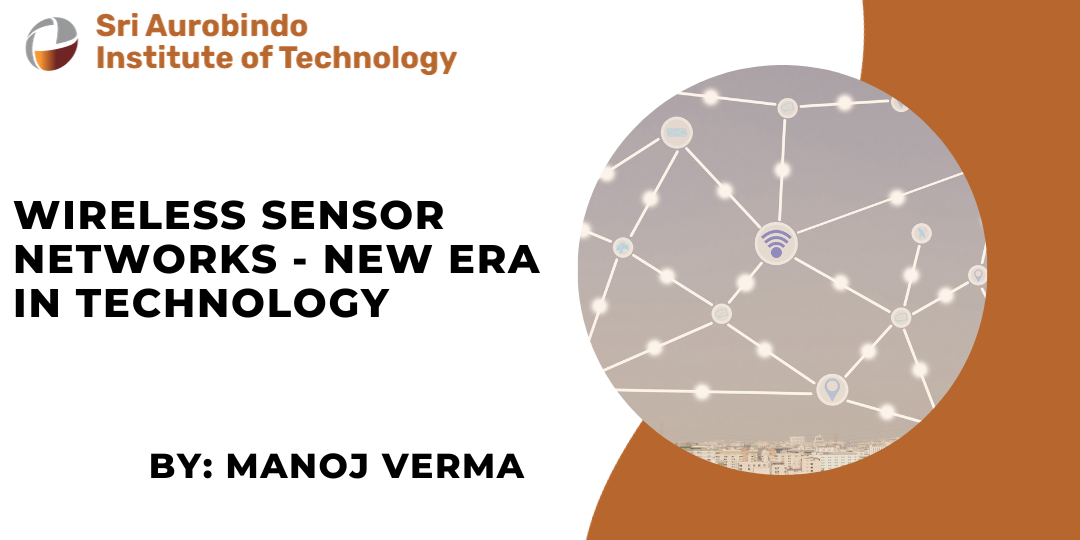Advancements in Heating, Ventilation, and Air Conditioning (HVAC) Technology
Heating, ventilation, and air conditioning (HVAC) systems have become the backbone of modern infrastructure. These systems, which were once a luxury,...

Wireless Sensor Network (WSN) represents a paradigm shift in the realm of technology. It's a unique, infrastructure-less wireless network system, designed to monitor various physical or environmental conditions.
From temperature and sound to motion and pollutants, WSNs are transforming how we gather, process, and interpret data.
With the rapid progression in processor technology, WSN has emerged as a sought-after service in the tech industry. The integration of low-power embedded computing devices has not only made WSNs more power-efficient but also more reliable.

The promise of reduced maintenance, coupled with enhanced data security, further accentuated its appeal.
At the heart of the WSN are sensors, which detect and measure various physical quantities and convert them into electronic signals. These sensors, available in diverse sizes and shapes, are the linchpins that ensure the network's efficacy.
A typical WSN comprises several integral components:

WSNs are versatile, with sensor nodes performing a plethora of tasks. These include:
The advent of the Internet of Things (IoT) has further amplified the significance of WSNs. By providing real-time data collection and transmission, WSNs are the backbone of many IoT applications, from smart homes and cities to industrial IoT.

Despite its myriad advantages, WSNs face several challenges:
WSNs have found applications across various sectors:
The Wireless Sensor Network, with its multifaceted applications and transformative potential, is undeniably pioneering the new technological epoch. As it continues to evolve, integrating with other emerging technologies like IoT, its impact on industries and daily life will only magnify.
Embracing WSNs can lead to more informed decisions, enhanced efficiencies, and a better understanding of the world around us.

Heating, ventilation, and air conditioning (HVAC) systems have become the backbone of modern infrastructure. These systems, which were once a luxury,...

As we stand on the edge of entering the digital age, cloud computing has emerged as one of the most essential technologies that is reshaping our...

Natural language processing is a branch of artificial intelligence that enables computers to understand, interpret, and manipulate mortal or human...